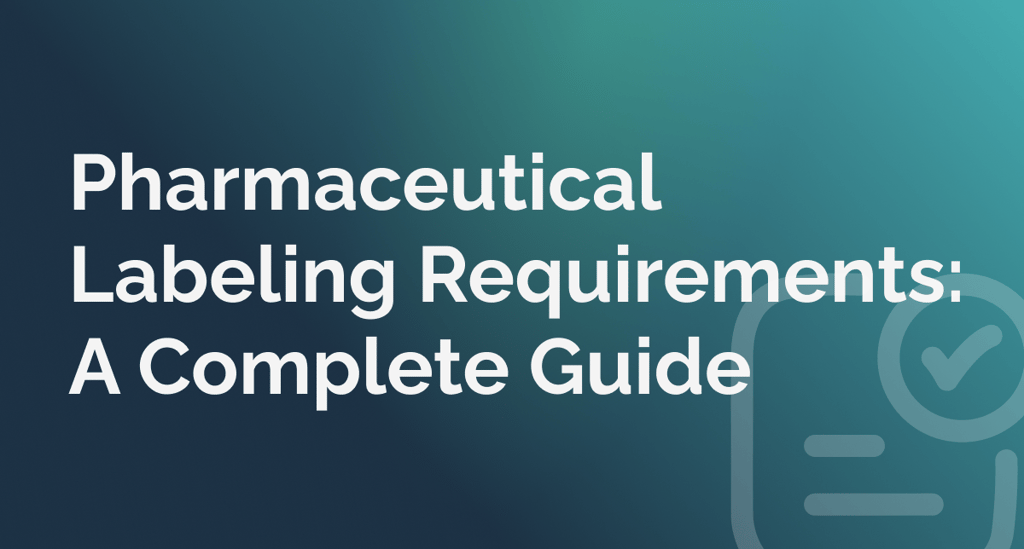For businesses in regulated industries such as pharmaceuticals, finance, and healthcare, the content approval process is critical to maintaining compliance and ensuring accuracy. However, with complex documentation requirements, regulatory scrutiny, and tight deadlines, mistakes can easily slip through the cracks.
Errors in content approval don’t just cause delays – they can lead to regulatory penalties, legal liabilities, and reputational damage. To help your business avoid these costly pitfalls, we’ve identified five of the most common errors that occur during the content approval process and, more importantly, how to avoid them.
1. Inadequate Version Control
The Problem:
In any content approval process, various stakeholders create and review multiple versions of documents. Without a reliable version control system in place, teams often end up working on outdated versions or lose track of the changes made. This can result in confusion, miscommunication, and errors that compromise the accuracy of the final content.
How to Avoid It:
Implement a centralized version control system that tracks changes, ensures stakeholders are constantly working on the latest version and provides an audit trail of edits and approvals. Automated tools that manage version history and notify users of updates can eliminate confusion and ensure that only the most up-to-date documents are reviewed.
2. Manual Content Comparison
The Problem:
In regulated industries, even minor discrepancies between document versions can lead to non-compliance. However, many organizations still rely on manual content comparison to check for differences in documents. This process is slow and prone to human error, and it can result in missed inconsistencies that could have serious legal or regulatory consequences.
How to Avoid It:
Leverage automated content comparison tools that use AI and Optical Character Recognition (OCR) technology to identify even the smallest differences between document versions. These tools can instantly flag discrepancies in text, numbers, and formatting, ensuring no critical errors are missed.
3. Lack of Clear Roles and Responsibilities
The Problem:
A well-defined content approval process should outline who is responsible for each step of the process – from content creation to final approval. Without clear roles, tasks can fall through the cracks, approvals can be delayed, and accountability can be lost. This is especially problematic in regulated industries where tight timelines and compliance standards must be met.
How to Avoid It:
Establish a clear workflow that assigns specific roles and responsibilities to team members involved in the content approval process. Using a workflow management tool can help you create and manage task assignments, track progress, and set deadlines to ensure that everyone knows what’s expected of them.
4. Insufficient Review Time
The Problem:
In the rush to meet deadlines, content is often pushed through the approval process without giving reviewers adequate time to review documents thoroughly. This rushed approach increases the likelihood of errors going unnoticed, which can have serious compliance implications down the line.
How to Avoid It:
Plan ahead to allocate sufficient review time for each step of the content approval process. Using automated scheduling tools can help ensure realistic deadlines and allow for adequate time for thorough review. Establishing content review protocols prioritizing quality over speed is also helpful.
5. Failing to Account for Regulatory Requirements
The Problem:
Regulatory requirements can vary significantly between regions, industries, and document types. Failing to account for these requirements during the content approval process can result in non-compliance, which could lead to fines, product recalls, or legal consequences.
How to Avoid It:
Use compliance management software that helps ensure that all content approvals meet industry-specific regulations and standards. These tools can automatically check documents against regulatory requirements and flag any areas that need revision before final approval. Regular training for your team on evolving regulations is also essential for maintaining compliance.
Bonus Tip: Embrace Automation for Efficiency and Accuracy
Automation is the key to avoiding most of the errors discussed above. By incorporating automated tools for version control, content comparison, workflow management, and regulatory compliance, businesses in regulated industries can dramatically reduce the risk of errors, ensure compliance, and improve the overall efficiency of their content approval processes.
With the right technology, you can ensure that every piece of content is accurate, compliant, and ready for approval – saving time, reducing risk, and maintaining trust with regulators and customers alike.
Conclusion
The content approval process is one of the most critical stages in maintaining compliance and ensuring accuracy in regulated industries. However, common errors like inadequate version control, manual comparison, and rushed approvals can lead to costly mistakes. By identifying these risks and adopting automated solutions, businesses can streamline their content approval workflows, eliminate errors, and stay compliant with industry regulations.




